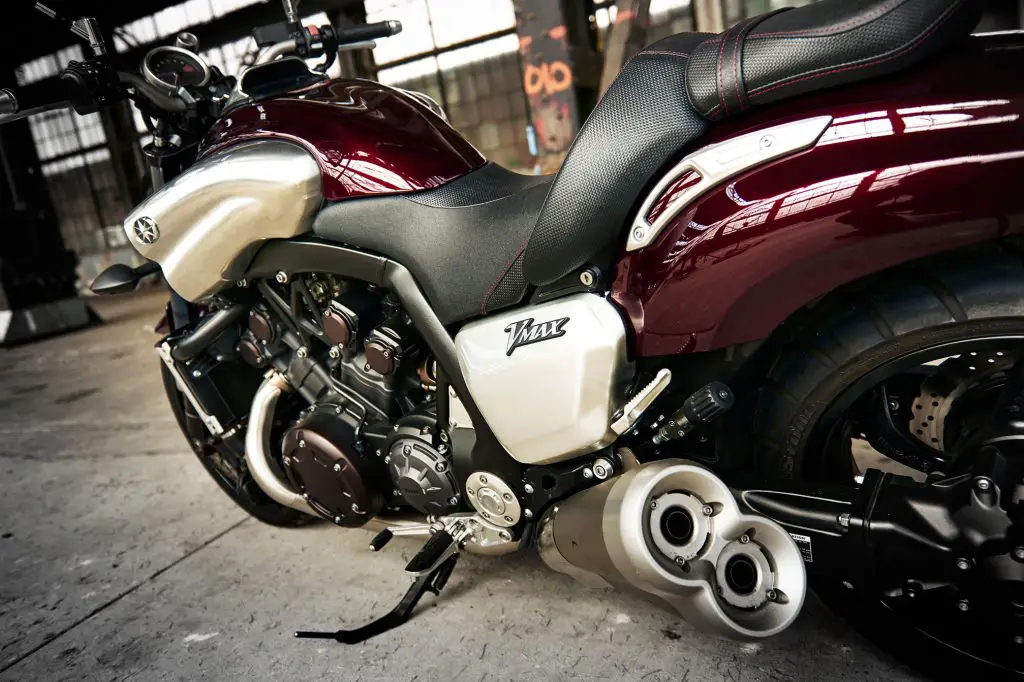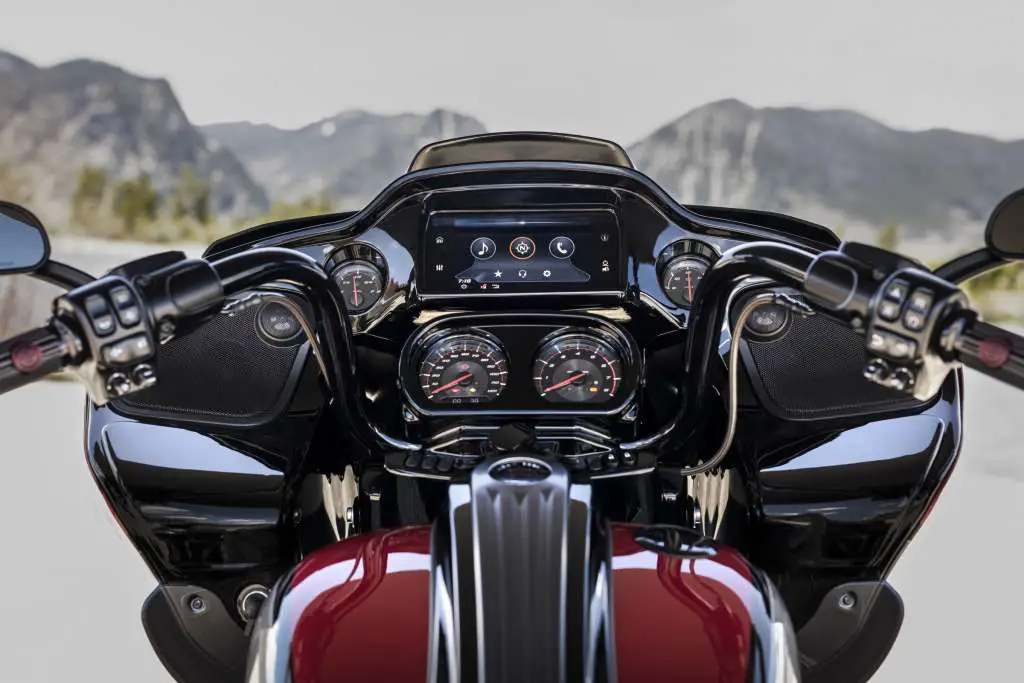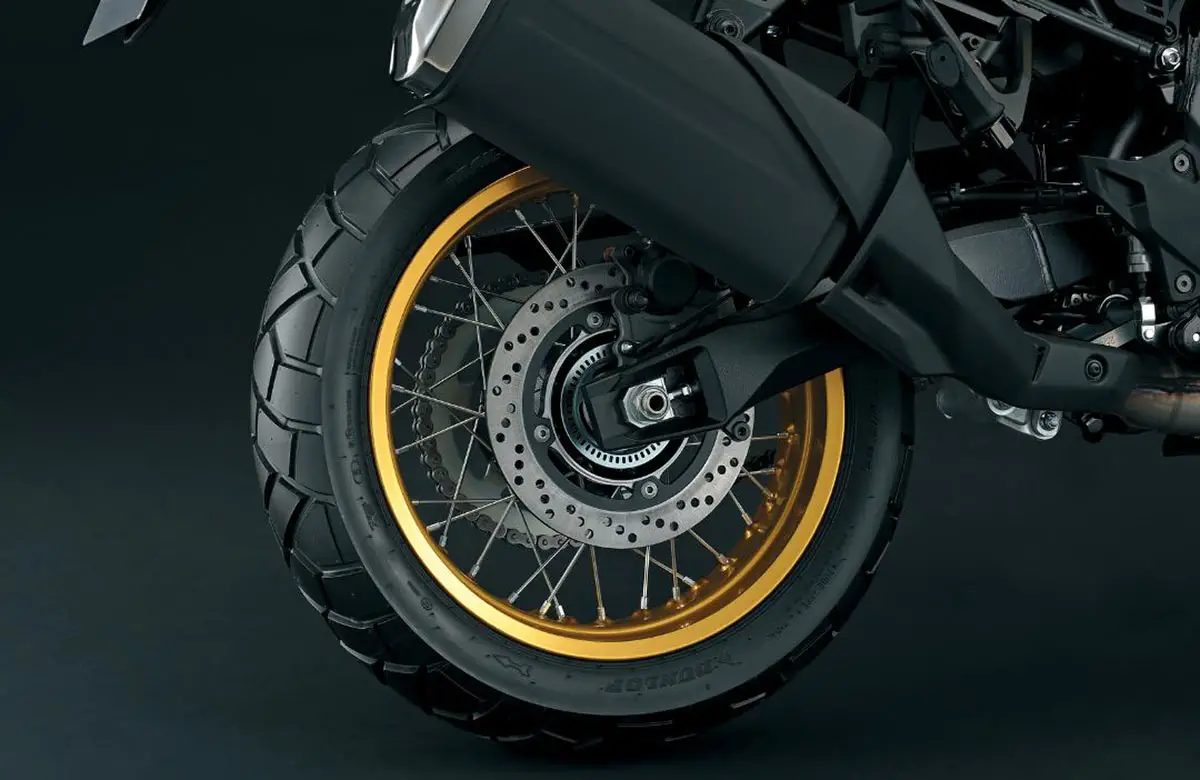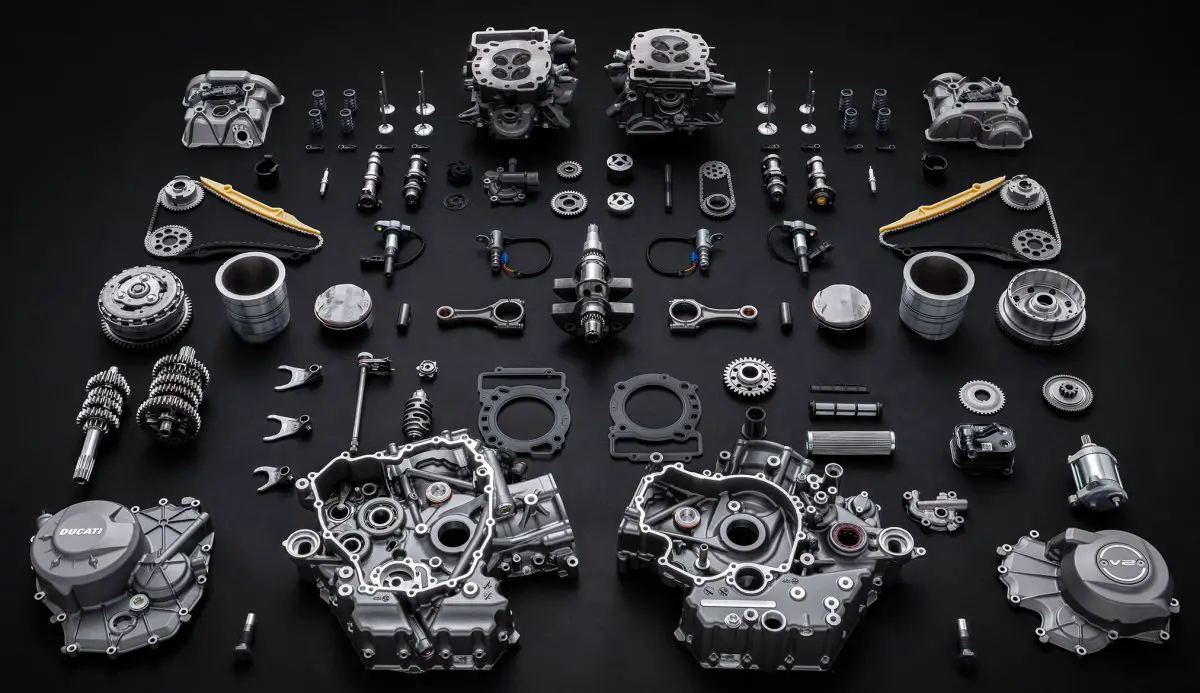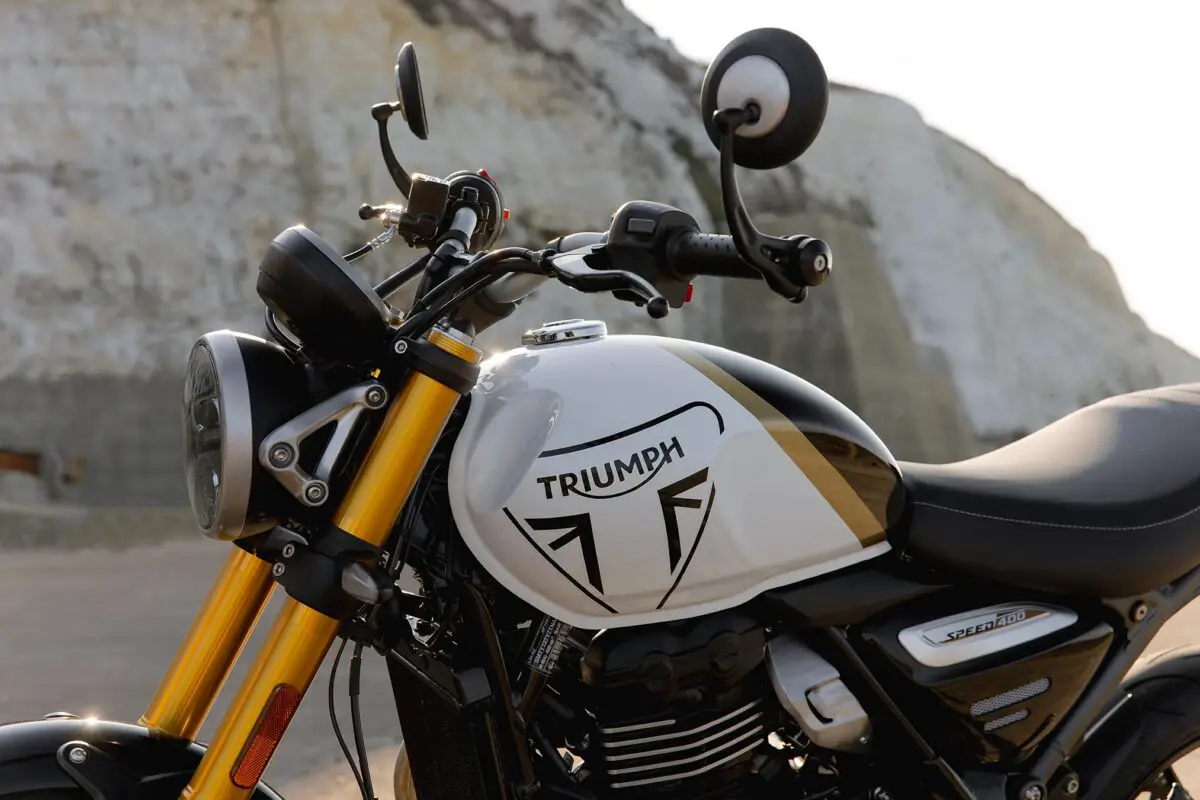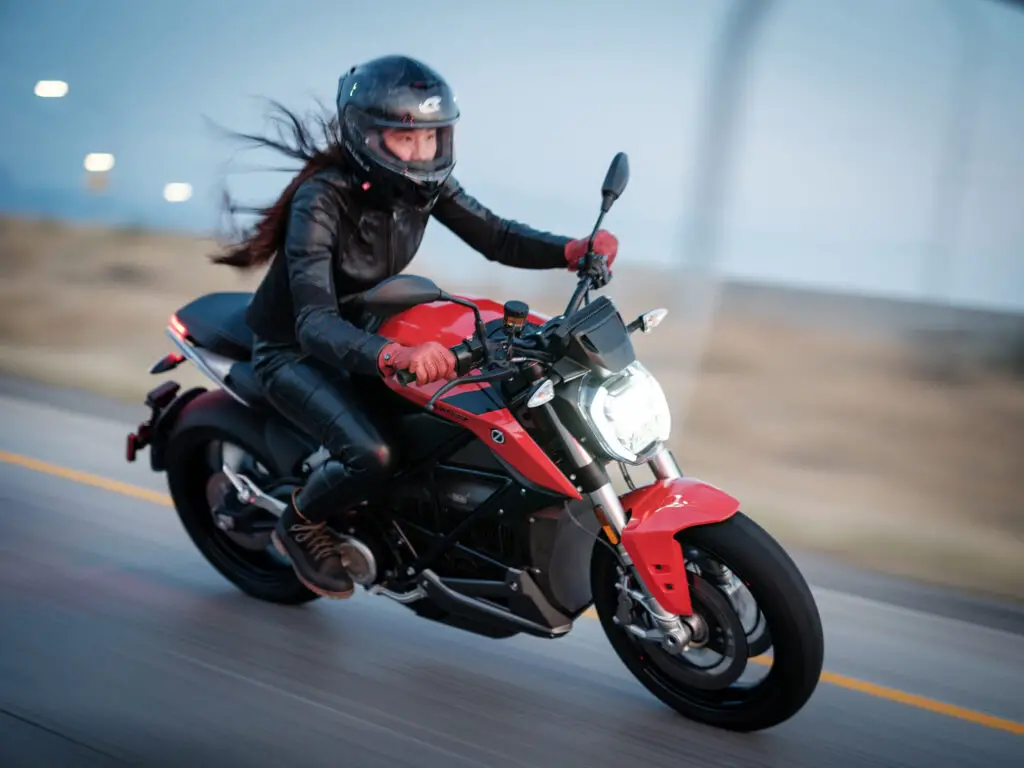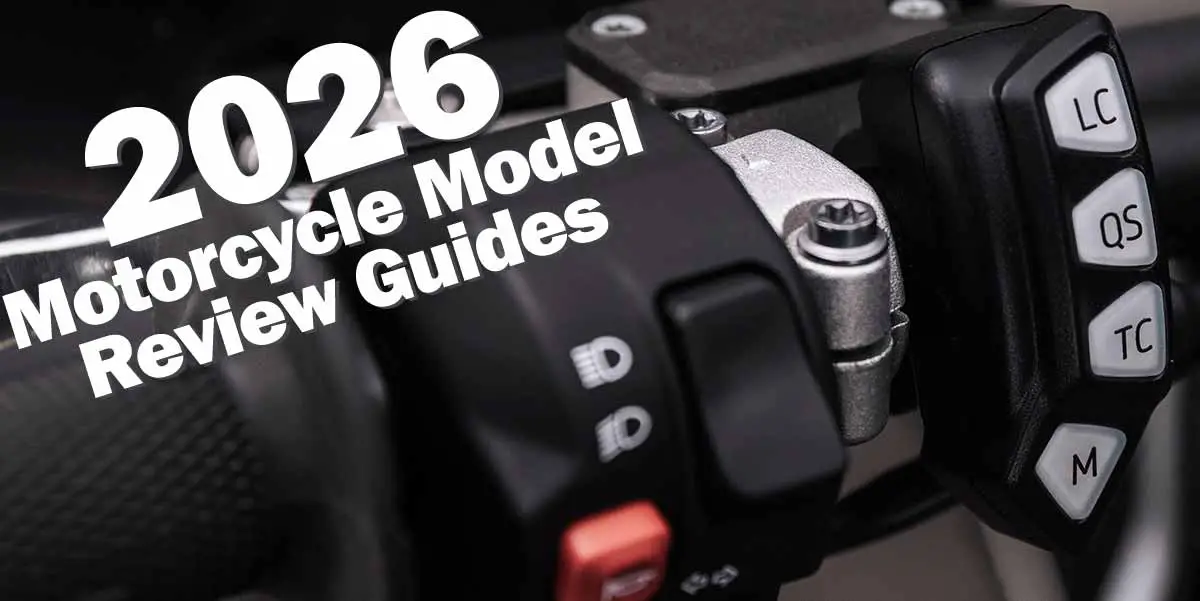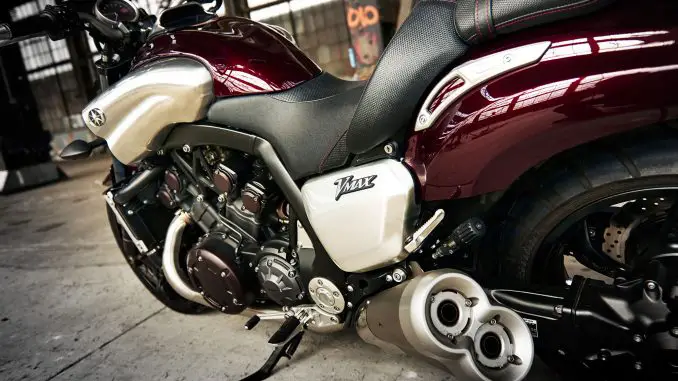
Used Bike Inspection Checklist
Buying used is smart, but only if you know what you’re looking at. This checklist keeps you confident, not caught out.
🏍️ Why This Checklist?
A shiny paint job can hide a world of problems. That’s why we built this Quick Reference Checklist, a screenshot‑friendly, print‑ready companion to our full Beginner’s Guide: Checking Before You Buy. Think of this as your field guide: fast, modular, and designed to keep you focused when excitement is high.
🚦 How to Use It
- Follow the steps in order, paperwork first, test ride last.
- Use the myth‑busters to remind yourself why each step matters.
- Mark red flags as you go, one or two may be negotiable, but a pattern means walk away.
🚫 Myth‑Busters
✅ Reality: Fresh paint and polish can hide leaks, cracks, or crash repairs.
✅ Reality: Many issues (VIN mismatches, old tires, hidden leaks) show up long before you start the engine.
✅ Reality: With practice, this checklist takes 15 minutes, less than the time you’ll spend talking price.
🏍️ Let’s start where every smart inspection begins, with the paperwork and VIN.
Step 1: Paperwork & VIN
If the paperwork doesn’t check out, nothing else matters. Walk away if this step fails.
🔍 What to Check
- VIN on frame and engine matches ownership papers
- Title/registration is clear (no liens, salvage, or rebuild unless disclosed)
- Seller’s name matches the documents
🚫 Myth‑Buster
✅ Reality: Even well‑meaning sellers may not know about liens, salvage titles, or mismatched VINs.
📊 Quick Reference
| Check | Red Flag | Why It Matters |
|---|---|---|
| VIN on frame | Filed, scratched, missing | Possible theft |
| Ownership papers | Different name | Not legal to sell |
| Title status | Salvage/rebuilt | Lower value, higher risk |
✅ Paperwork clean? Great, now let’s roll down to the tires and wheels.
Step 2: Tires & Wheels
Tires and wheels tell stories, about maintenance, riding style, and sometimes accidents.
🔍 What to Check
- Tread Depth: Minimum 1.5 mm. Look for wear bars.
- Age: Check DOT code, older than 5 years = replacement needed.
- Condition: Cracks, flat spots, or cupping = neglect or bad suspension.
- Wheels: Inspect for dents (alloy) or loose/broken spokes (spoked wheels).
- Alignment: Spin wheels, they should run true, no wobble.
📊 Quick Reference
| Check | Red Flag | Why It Matters |
|---|---|---|
| Tread depth | Bald or cords showing | Unsafe, immediate replacement |
| Tire age | Over 5–6 years | Rubber hardens, grip reduced |
| Wheel condition | Dents, cracks, bent rim | Possible crash damage, costly repair |
🚫 Tire & Wheel Myth‑Busters
✅ Reality: Tires age out even with deep tread. A 7‑year‑old tire can be dangerous.
✅ Reality: Even minor bends can cause wobble, leaks, or hidden frame stress.
✅ Reality: Loose or broken spokes weaken the wheel and can cause catastrophic failure.
Tires and wheels are often the first big expense after buying a used bike. Spotting issues here helps you negotiate, or walk away.
🏍️ Tires and wheels checked? Next up: brakes, your most important safety system.
Step 3: Brakes
If the bike can’t stop safely, nothing else matters. Brakes are your first line of defense.
What to Check
- Lever & Pedal Feel: Firm, not spongy. Spongy = air in lines or old fluid.
- Brake Pads: At least 2–3 mm left. Look through calipers if possible.
- Rotors: Smooth, not grooved or warped. Run your finger gently across the edge.
- Brake Fluid: Clear to light amber. Dark = overdue for change.
- Brake Light: Activates with both lever and pedal.
📊 Quick Reference
| Check | Red Flag | Why It Matters |
|---|---|---|
| Lever feel | Spongy or sinking | Air in lines, unsafe stopping |
| Pad thickness | Less than 2 mm | Immediate replacement needed |
| Rotor surface | Deep grooves, blueing | Warped or overheated, costly repair |
| Fluid | Dark or low | Neglect, possible internal damage |
🚫 Brake Myth‑Busters
✅ Reality: Pads can be worn to the metal and still stop the bike, but dangerously and with damage.
✅ Reality: ABS helps prevent lockup, but it can’t fix worn pads, warped rotors, or bad fluid.
✅ Reality: Brake fluid absorbs moisture over time. Old fluid = brake fade and corrosion.
Brakes are often neglected by sellers because they’re “out of sight.” A quick inspection here can save you hundreds, and keep you safe.
🏍️ Brakes checked? Next up: the drivetrain, chain and sprockets tell you how well the bike’s been cared for.
🚫 Chain & Sprocket Myth‑Busters
✅ Reality: A worn chain can still spin, until it snaps under load.
✅ Reality: Chains and sprockets wear together. Replace as a set for safety and longevity.
✅ Reality: Rust weakens links and seals. A rusty chain is a ticking time bomb.
The chain and sprockets are a maintenance honesty test. If they’re clean, lubed, and healthy, chances are the rest of the bike has been cared for too.
🏍️ Chain and sprockets checked? Next up: suspension, the system that keeps the ride smooth and the wheels planted.
Step 5: Suspension
Suspension isn’t just about comfort, it’s about control, stability, and safety.
What to Check
- Fork Tubes: Look for oil leaks, pitting, or rust. Run your fingers along the tubes.
- Fork Seals: Any oil ring at the bottom of the fork = leaking seals.
- Rear Shock: Check for leaks, corrosion, or sagging ride height.
- Bounce Test: Push down on the bars and seat, suspension should compress smoothly and rebound without pogoing.
- Adjusters: If equipped, confirm preload/rebound adjusters move freely.
📊 Quick Reference
| Check | Red Flag | Why It Matters |
|---|---|---|
| Fork seals | Oil ring, leaks | Loss of damping, unsafe handling |
| Fork tubes | Pitting, rust | Damages seals, costly repair |
| Rear shock | Leaking, sagging | Unstable ride, expensive replacement |
🚫 Suspension Myth‑Busters
✅ Reality: Even small leaks reduce damping and can drip onto brakes, a serious hazard.
✅ Reality: Shocks wear out gradually. A sagging or bouncy rear end means poor handling and costly replacement.
✅ Reality: Suspension issues often show under load or at speed, check carefully before buying.
Suspension is expensive to repair and easy to overlook. Spotting leaks or sag now can save you from a wobbly, unsafe ride later.
🏍️ Suspension sorted? Next up: the heart of the machine, the engine.
Step 6: Engine
The engine is the soul of the motorcycle. A few minutes of inspection can reveal years of care, or neglect.
🔍 What to Check
- Leaks: Look around gaskets, covers, and under the bike for oil or coolant drips.
- Exhaust Smoke: Blue = burning oil, White = coolant leak, Black = running rich.
- Noises: Knocking, ticking, or rattling can indicate valve, bearing, or timing issues.
- Idle: Should be steady, not hunting or stalling.
- Cold Start: Ask seller not to pre‑warm the bike. Cold starts reveal battery, choke, and fueling health.
📊 Quick Reference
| Check | Red Flag | Why It Matters |
|---|---|---|
| Leaks | Oil/coolant drips | Costly gasket or seal repair |
| Exhaust smoke | Blue, white, or black | Engine wear, head gasket, fueling issues |
| Noises | Knocking, rattling | Internal wear, major repair risk |
| Idle | Unsteady, stalling | Carb/FI issues, vacuum leaks |
🚫 Engine Myth‑Busters
✅ Reality: Any smoke color tells a story, and usually it’s an expensive one.
✅ Reality: Some valve noise is normal, but loud ticking or knocking means wear or poor maintenance.
✅ Reality: Engines can run with serious issues, until they don’t. Listen closely.
The engine is the most expensive part of the bike to repair or replace. A careful listen and look here can save you thousands, or give you leverage to negotiate.
🏍️ Engine checked? Next up: controls and cables, the touchpoints that connect you to the machine.
Step 7: Controls & Cables
Controls are your direct connection to the bike. If they’re sloppy, sticky, or broken, the ride won’t be safe or enjoyable.
🔍 What to Check
- Throttle: Should snap back smoothly when released. No sticking or lag.
- Clutch Lever: Smooth pull with proper free play (2–3 mm at lever tip).
- Brake Lever & Pedal: Firm feel, not loose or floppy.
- Cables: Inspect for fraying, kinks, or rust. Move levers fully to feel for binding.
- Switches: Horn, starter, kill switch, and turn signals should all work.
📊 Quick Reference
| Check | Red Flag | Why It Matters |
|---|---|---|
| Throttle | Sticks open | Dangerous, loss of control |
| Clutch lever | No free play | Premature wear, poor engagement |
| Cables | Frayed, rusted | Risk of snapping mid‑ride |
| Switches | Non‑functional | Electrical issues, safety hazard |
🚫 Controls & Cables Myth‑Busters
✅ Reality: A sticky throttle is a deal‑breaker. If it doesn’t snap back instantly, it’s unsafe.
✅ Reality: A snapped clutch or throttle cable on the road can leave you stranded, or worse.
✅ Reality: Electrical gremlins often show up in switches. Test everything, not just one.
Controls and cables are small parts with big consequences. Smooth, reliable inputs mean confidence on the road, and show that the bike has been cared for.
🏍️ Controls checked? Next up: the electrical system, lights, battery, and wiring.
Step 8: Electrical System
From lights to battery to wiring, the electrical system is the nervous system of your motorcycle.
🔍 What to Check
- Battery: Look for corrosion on terminals. Bike should start easily without sluggish cranking.
- Lights: Headlight (low/high), brake light, turn signals, and license plate light all working.
- Horn: Loud and clear, not weak or silent.
- Wiring: Inspect visible harnesses for cracks, tape repairs, or melted insulation.
- Charging: With engine running, lights should brighten slightly, a sign the alternator is working.
📊 Quick Reference
| Check | Red Flag | Why It Matters |
|---|---|---|
| Battery | Corroded, weak start | Likely needs replacement |
| Lights | Dim, non‑functional | Electrical fault, safety issue |
| Wiring | Taped, melted, cracked | Possible shorts, fire risk |
| Charging | No change with revs | Alternator/regulator failure |
🚫 Electrical Myth‑Busters
✅ Reality: A weak battery may start the bike today but fail tomorrow. Always check condition and age.
✅ Reality: Tape hides problems. Proper repairs use connectors, solder, or OEM harnesses.
✅ Reality: Dim lights usually mean charging or wiring issues, not just age.
Electrical issues can turn a bargain bike into a money pit. A quick check of lights, battery, and wiring saves you from chasing gremlins later.
🏍️ Electrical system checked? Next up: the backbone of the bike, frame and alignment.
Step 9: Frame & Alignment
The frame is the backbone of the motorcycle. If it’s bent, cracked, or poorly repaired, the bike is unsafe, no matter how good it looks.
🔍 What to Check
- Frame Tubes: Look for cracks, weld marks, or fresh paint that may hide repairs.
- Steering Head: Check for dents, stress marks, or uneven welds.
- Subframe: Inspect rear subframe for bends, often damaged in crashes.
- Alignment: Stand behind the bike, wheels should line up straight, not offset.
- Handlebars: Sit on the bike, bars should be straight, not twisted relative to the wheel.
📊 Quick Reference
| Check | Red Flag | Why It Matters |
|---|---|---|
| Frame tubes | Cracks, welds, fresh paint | Crash damage, unsafe structure |
| Steering head | Dents, stress marks | Front‑end collision evidence |
| Subframe | Bent or twisted | Crash or heavy load damage |
| Wheel alignment | Offset wheels | Frame bent, unsafe handling |
🚫 Frame & Alignment Myth‑Busters
✅ Reality: Fresh paint on the frame often hides cracks, welds, or crash repairs.
✅ Reality: Minor bends can still track straight but compromise handling and safety.
✅ Reality: A bent subframe affects passenger safety, luggage mounting, and resale value.
The frame is the one part of the bike you can’t easily replace. If it’s bent or cracked, walk away, no deal is worth a compromised chassis.
🏍️ Frame and alignment checked? Time for the final step, the test ride.
Step 10: Test Ride
The test ride is where the bike tells you the truth. Listen closely, it’s more than just “does it run.”
🔍 What to Check During the Ride
- Starting: Does it fire up easily from cold? Any hesitation or smoke?
- Idle & Throttle: Smooth idle, throttle response crisp with no lag or sticking.
- Clutch & Gears: Clutch engages smoothly, gears shift without grinding or popping out.
- Brakes: Firm, predictable stopping. No pulsing (warped rotors) or fade.
- Suspension: Stable over bumps, no pogoing or bottoming out.
- Steering: Straight tracking, no wobble or pulling to one side.
- Noise & Vibration: No unusual knocks, rattles, or excessive vibration.
📊 Quick Reference
| Check | Red Flag | Why It Matters |
|---|---|---|
| Clutch | Slips or drags | Worn plates, costly repair |
| Gears | Pops out under load | Transmission wear, major expense |
| Brakes | Pulsing, weak | Warped rotors, unsafe stopping |
| Steering | Wobble, pull | Frame or bearing issues |
🚫 Test Ride Myth‑Busters
✅ Reality: Many issues (gearbox wear, weak brakes, bad bearings) only show under load or at speed.
✅ Reality: Persistent smoke = oil burning or coolant leak. Walk away.
✅ Reality: Some bikes shift firmly, but grinding or popping out of gear means transmission trouble.
The test ride is your final exam. Trust your senses, if something feels off, it probably is. A good bike should inspire confidence, not questions.
🏍️ Test ride complete? Time to pull it all together in a quick‑reference checklist and closing thoughts.
Quick Reference Used Bike Inspection Checklist
One page, ten steps. Screenshot it, print it, or keep it in your pocket, your field guide to buying smart.
| Step | What to Check | Red Flag | Why It Matters |
|---|---|---|---|
| Paperwork & VIN | VIN match, clear title | Mismatched, salvage | Legal ownership |
| Tires & Wheels | Tread, age, alignment | Bald, cracked, bent rim | Safety + hidden crash |
| Brakes | Pads, rotors, fluid | Spongy, worn, warped | Stopping power |
| Chain & Sprockets | Slack, teeth, rust | Hooked, seized links | Maintenance honesty |
| Suspension | Forks, seals, shock | Leaks, sagging | Handling + cost |
| Engine | Leaks, smoke, idle | Knocking, blue smoke | Expensive repairs |
| Controls & Cables | Throttle, clutch, switches | Sticky, frayed, dead | Safe operation |
| Electrical | Battery, lights, wiring | Dim, taped, weak start | Reliability |
| Frame & Alignment | Cracks, welds, straightness | Bent, fresh paint | Crash damage |
| Test Ride | Clutch, gears, brakes | Pops out, wobble, smoke | Final truth check |
Outro: Buy Smart, Ride Confident
Used bikes can be incredible bargains, or expensive mistakes. This checklist doesn’t replace a mechanic’s inspection, but it gives you the power to spot red flags, negotiate fairly, and walk away when needed. Remember: there are always more bikes out there, but only one you.
Pair this quick‑reference guide with our full Beginner’s Guide: Checking Before You Buy for deeper explanations, photos, and pro tips. Together, they make you unstoppable in the used market.
🏍️ Ride smart. Ride safe. Ride free. The right bike is out there, and now you know how to find it.


